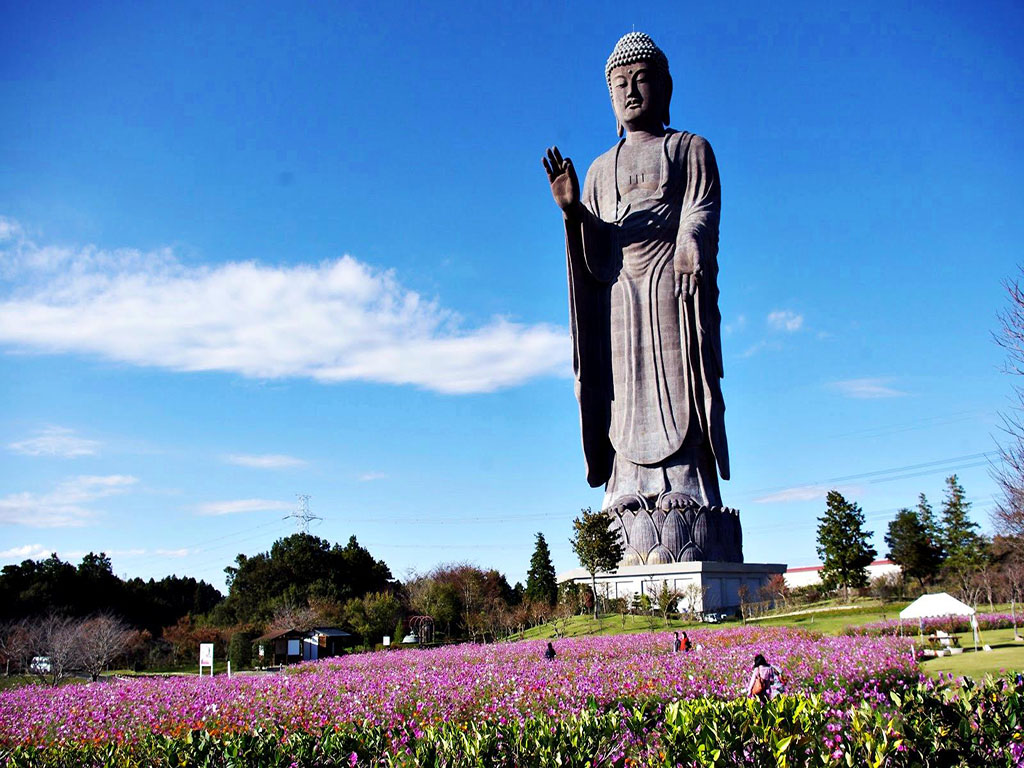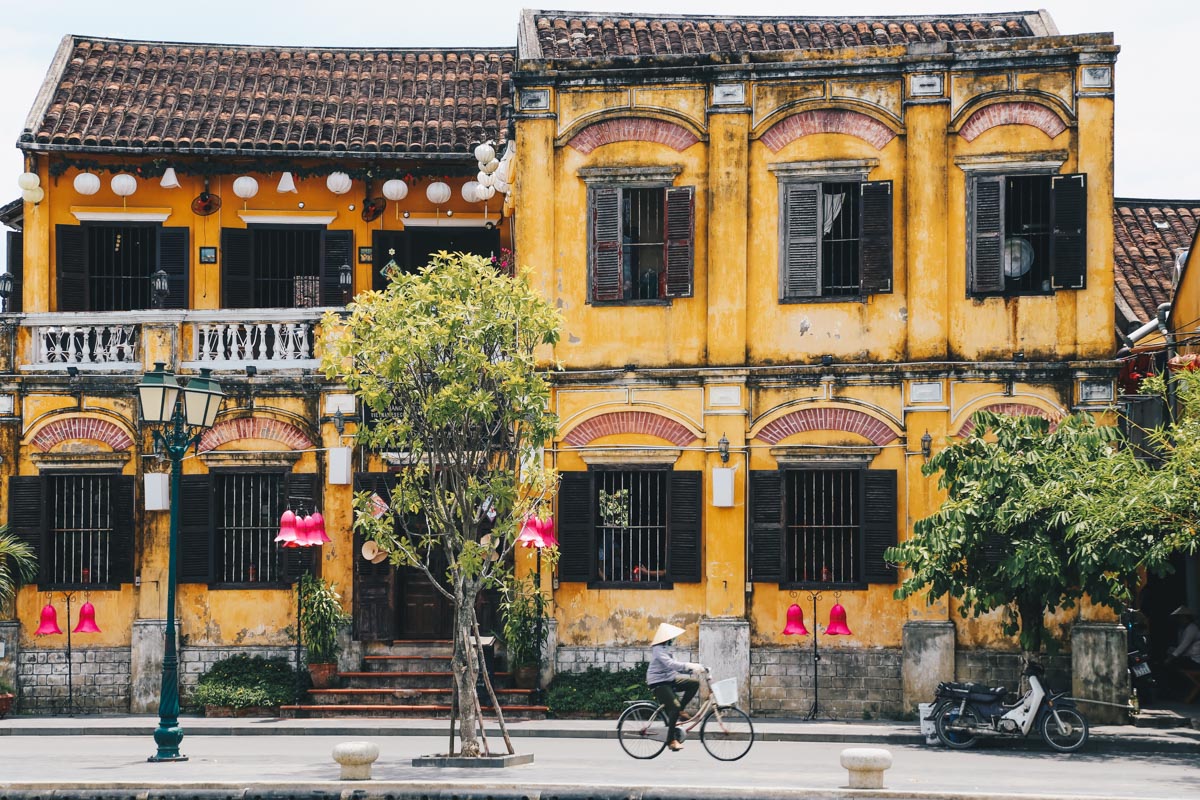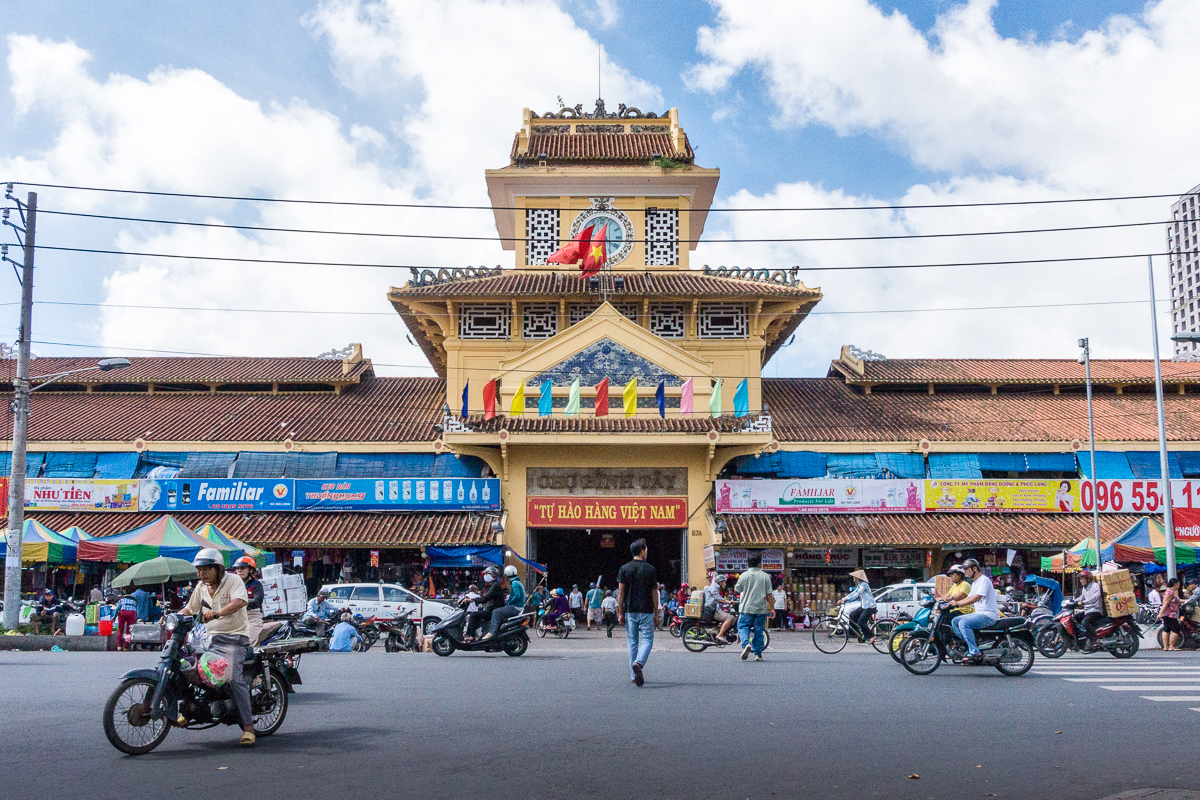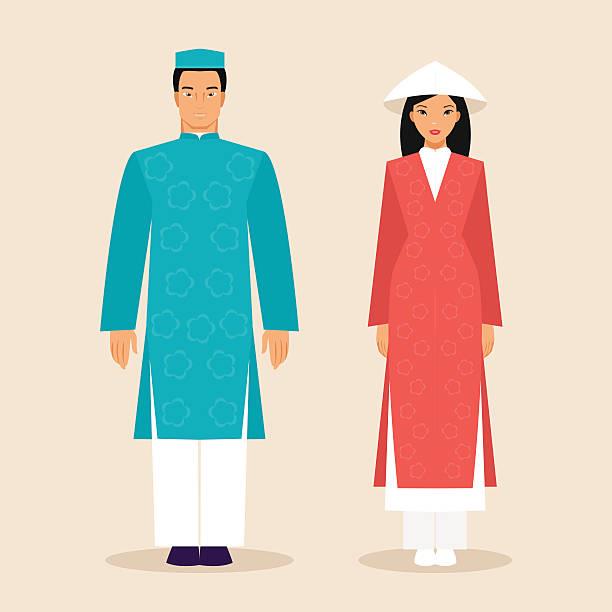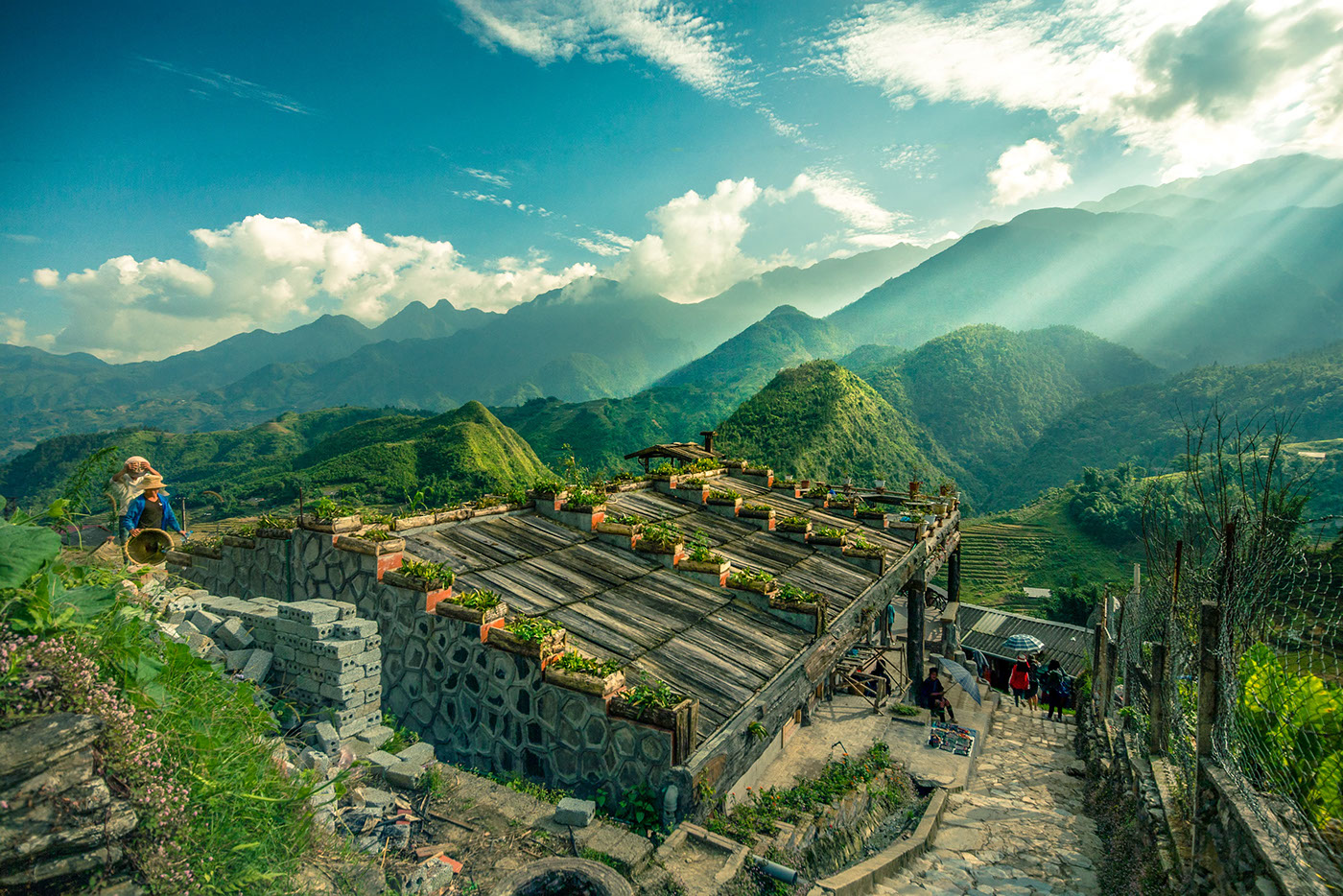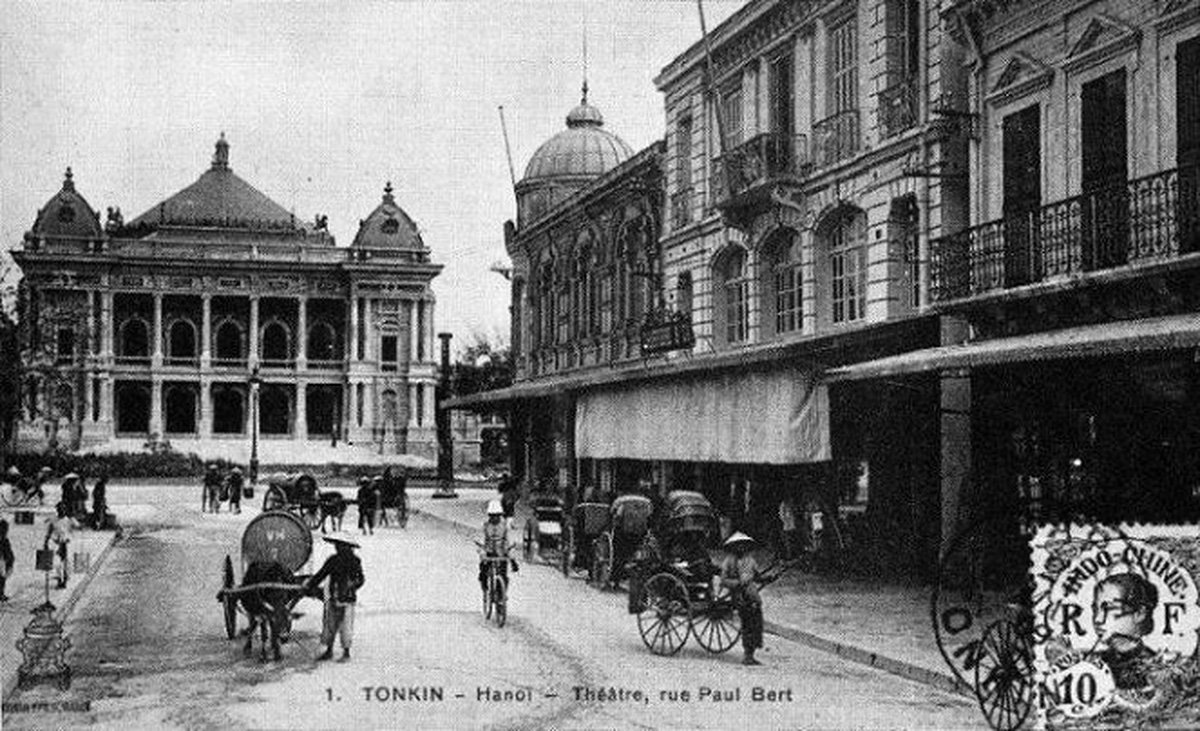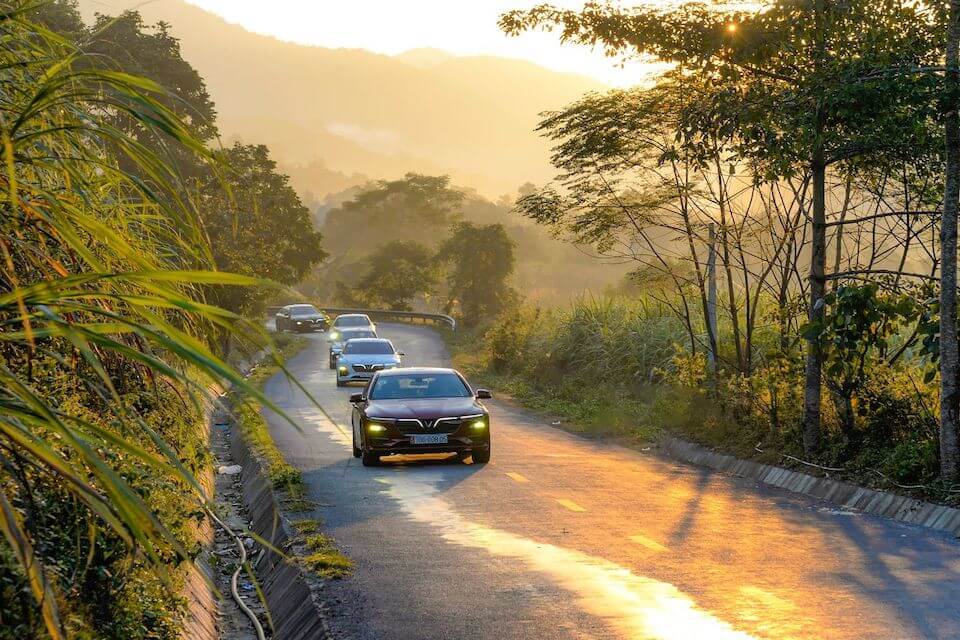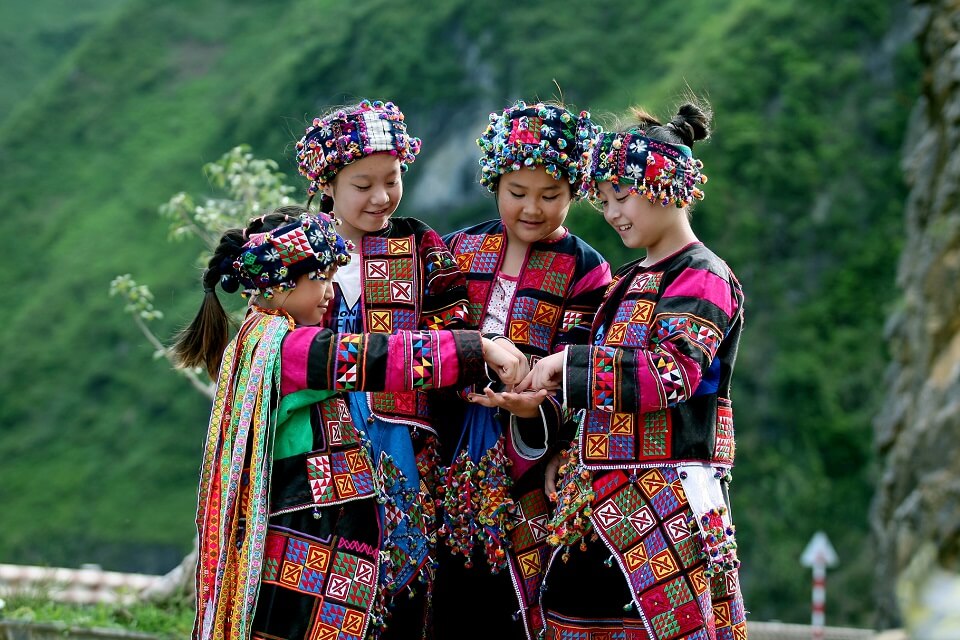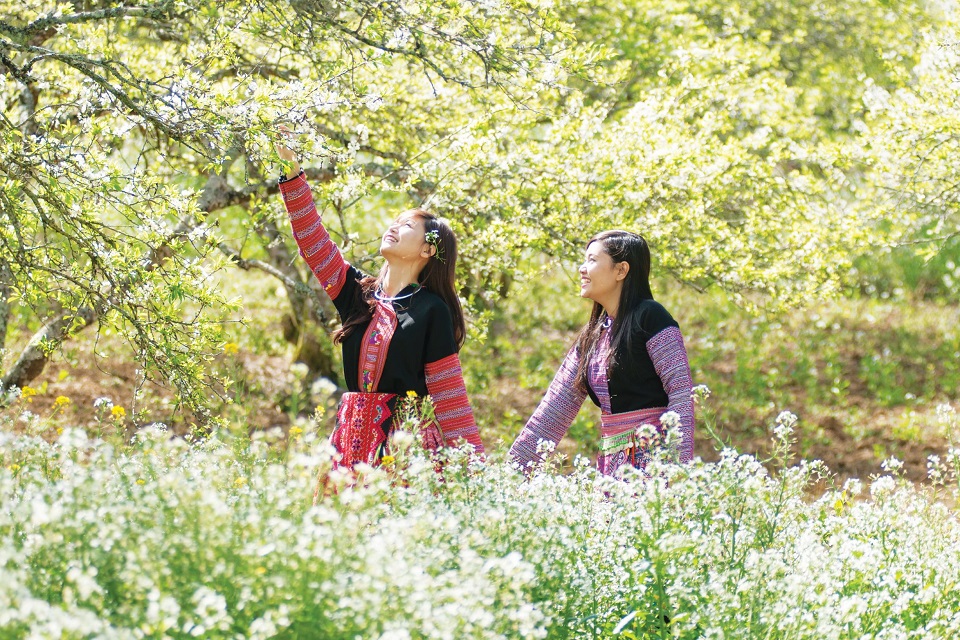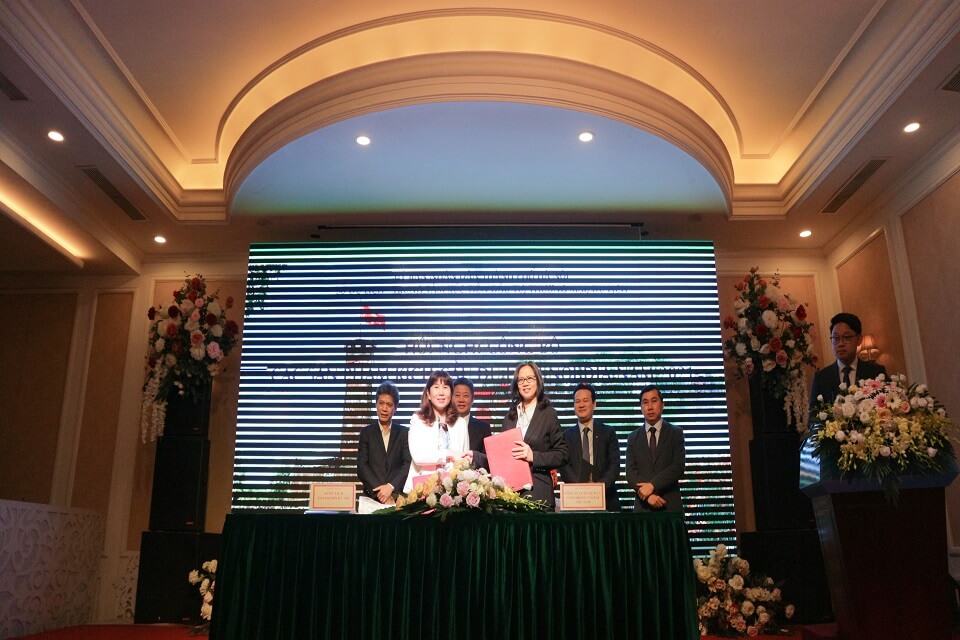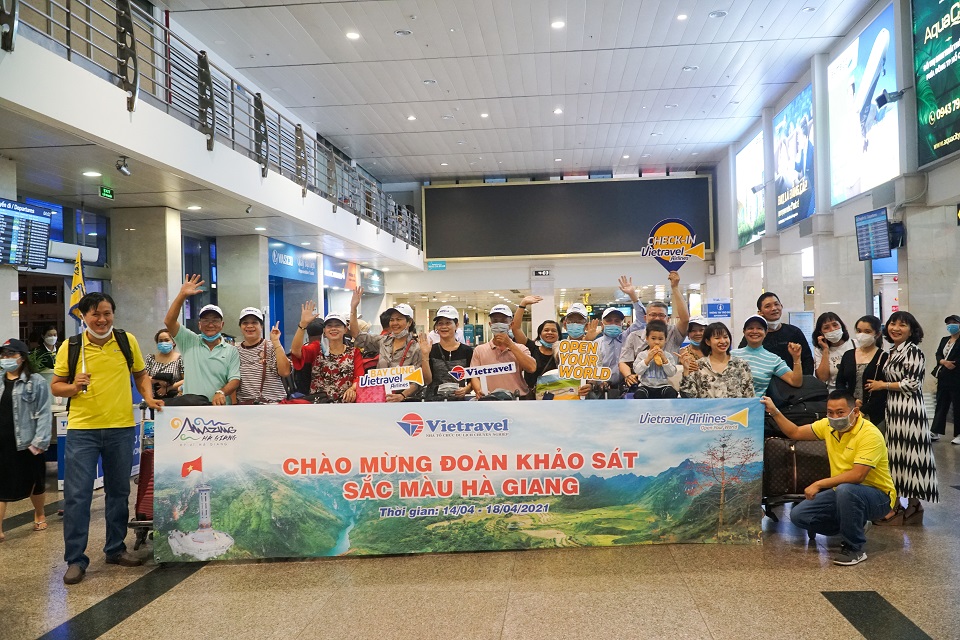TRADITIONAL VIETNAMESE MALE ATTIRE
A revived interest in the national Vietnamese dress for men was demonstrated at an Lions International Club meeting held in Tokyo in 1969. The assembled Lions, along with thousands of Japanese observers on the streets and perhaps millions more at their television sets, were treated to a look at the Vietnamese national dress worn by the Vietnamese Lion delegates.

This was the first time Vietnamese men have worn their national dress at an international gathering since the fall of the late President Diem in November 1963. Before that time it was not unusual for Vietnamese diplomats to appear at official functions in their national attire. In
Anyone who has seen the exquisite costumes worn by Vietnamese women will recognize similarities in the traditional dress of the male. Both costumes are tailored from the same fabric, worn with the conventional snug collar and buttoned down on the left side to the waist, with no crease in front or back. The male dress extends only to the knees. The female dress flows with graceful lines from a tight waist down to the heels.

The national Vietnamese dress has preserved its essential features through the ages. Vietnamese take great pride in wearing this dress for it is part of their nation, their history and their culture. It is part of Vietnamese social customs which includes respect for superiors, dignitaries and relatives. Elders in the family continue to receive this recognition as did once emperors, mandarins and court teachers, all of whom had traditional dress variations according to their status in Vietnamese society.
Costumes worn for religious ceremonies also have their special colors. Dresses for ceremonial occasions usually have very wide and ample sleeves. Wedding dresses are similar to the popular fashions, and the color is usually purple or blue brocade. Dresses for mourning have frayed fringes or a line up the back and may be either black or white in color.There are many variations on the basic theme. At the top of the list is the elaborate dress of the emperor and the mandarins. Their rank was shown in the display of color in the brocade and embroideries. Gold brocade with embroidered dragons was for the emperor only. Gold is the national color and the dragon heads the fabulous mythical animal world. Purple is the color reserved for high-ranking court mandarins, while blue is for those of lower rank.

Vietnamese dress styles underwent changes since the beginning of French influence in the country. Many Vietnamese employed by the French had a tendency to look down upon those who continued to wear the traditional dress. European styles were popular mainly among civil servants and university students. The majority of people, especially those in the rural areas, remained faithful to their national dress and it even became a symbol of silent opposition to French colonialism. During the colonial war against the French from I945 to I954, many people concealed their social status. The revolutionaries wore black, those who were pro-French wore western clothes while others wore the simple pajama-type shirt and trousers. Following independence the traditional dress came back into its own and was once again the required attire for all ranking officials at government ceremonies or functions of the diplomatic corps.
When President Diem was overthrown in 1963, the national dress was so closely identified with his administration that it sank with him into oblivion. This neglect, however, was not officially inspired but rather a reflection of political turmoil, frequent government changes and resulting chaos. Today, there is serious thought to restore the Vietnamese national dress for men to its traditional and rightful place, for it is a symbol of pride in the cultural heritage of an ancient and proud Asian land.
(Source: Cinet)

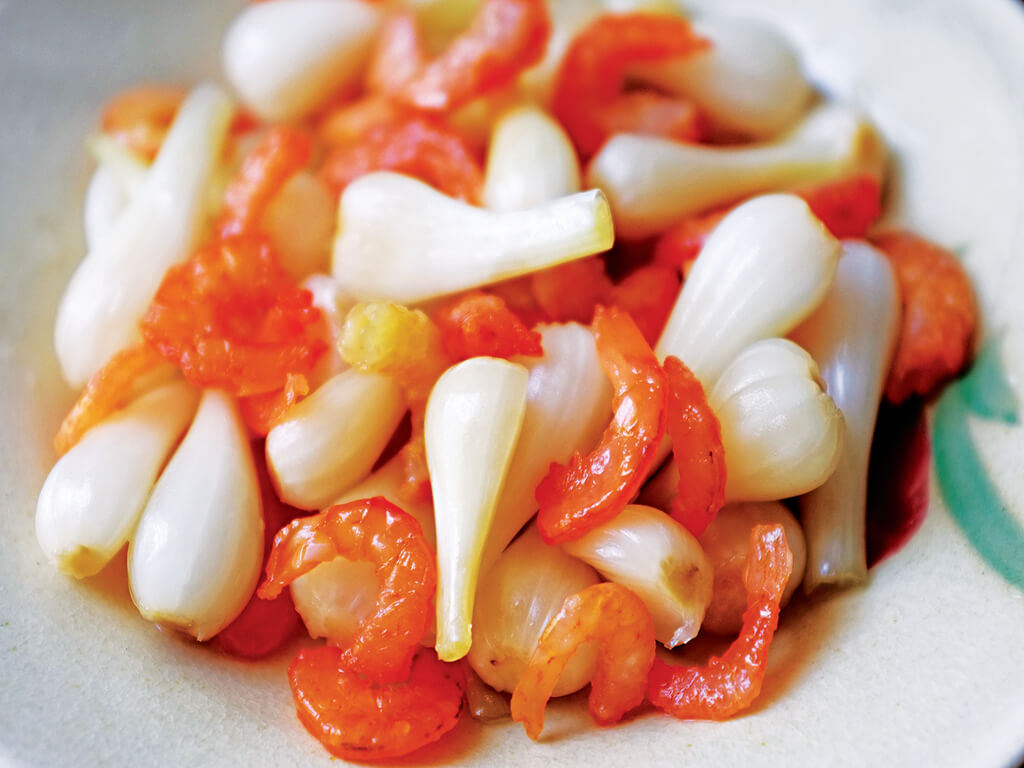
10 traditional Vietnamese Tết Dishes
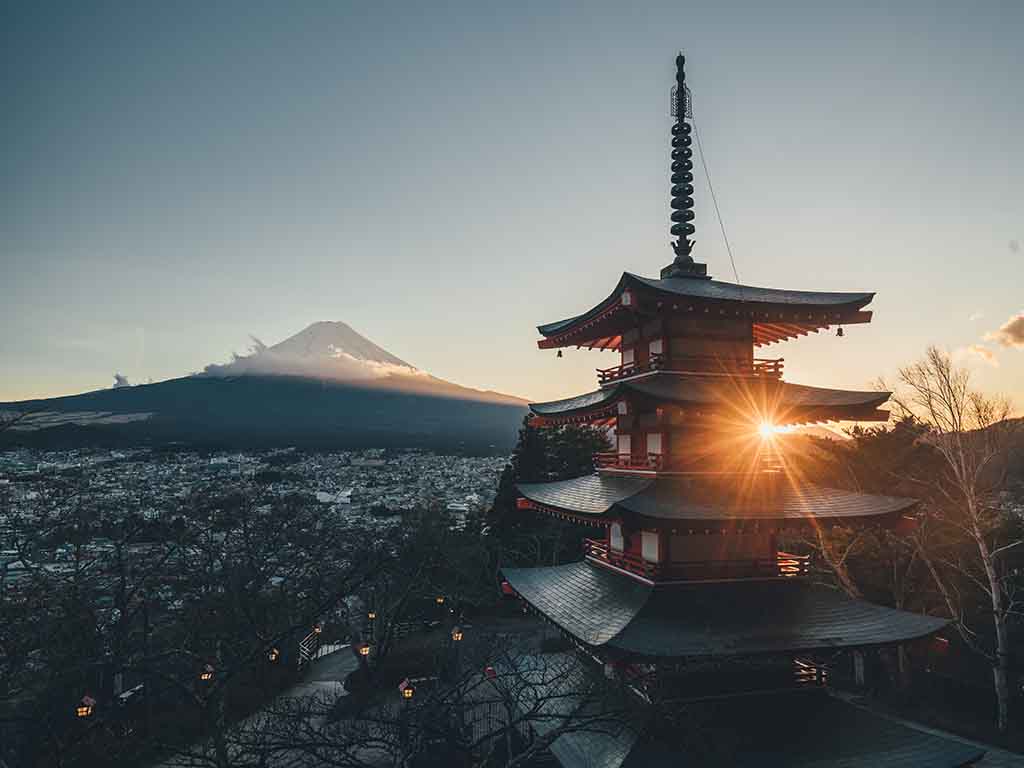
7 Amazing things about Japanese Culture
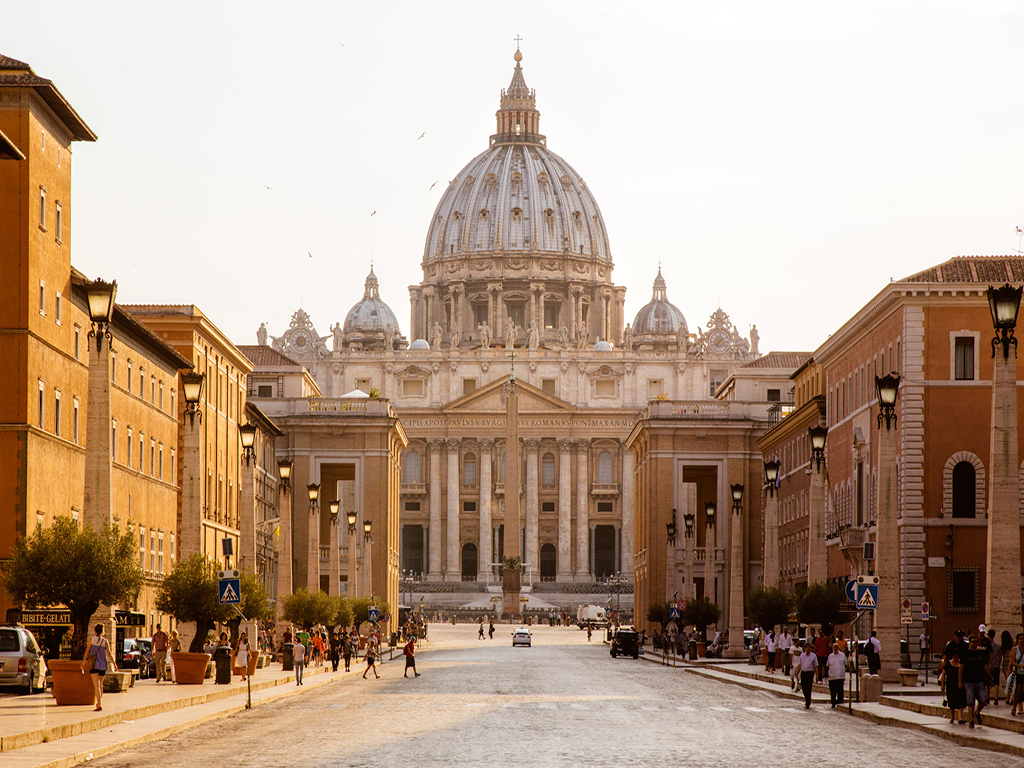
5 things you didn't know about the Vatican City
7 Largest Statues in the World
Large statues have been constructed since ancient times. The Great Sphinx, built by the ancient Egyp ...
Hoi An, Vietnam - UNESCO World Heritage site
Hoi An, once a major Southeast Asian trading post in the 16th and 17th centuries, is basically a liv ...
9 places for Shopaholics in Vietnam
Whether you are into big brands or love to bargain while street shopping, this list is perfect for y ...
Discover traditional costumes in Asia
The continent of Asia consists of a large diversity of cultures, traditions, and customs. Asia is kn ...
8 must-see places in Sapa in the afternoon
Travel to Sapa in the afternoon, where to go and what to do to have the most enjoyable experiences? ...
Hanoi Opera House
The beautiful Hanoi Opera House was built in 1911 by the then ruling French. It’s a phenomenal piece ...







